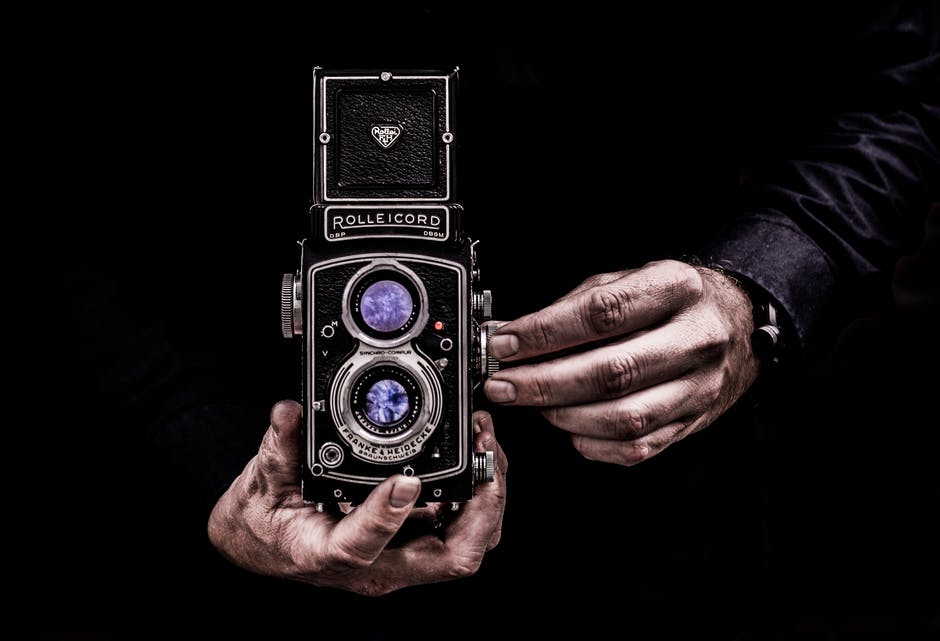Have a look at this picture of a girl drenched in water while celebrating Holi, the Festival of Colours, in Mumbai, India.

And now look at this picture of five-year-old Omran Daqneesh, sitting in an ambulance awaiting help.

Do these images evoke an emotion of happiness and sadness at the same time? That is what photojournalism is all about. These impactful images are a reminder of the major events happening across the globe. They act as evidence collected by the photojournalists which will define the history for the future generation.
The world relies on photojournalists to shoot compelling photos that enhance news stories. Can you imagine a newspaper or a magazine void of any images? Can you imagine a News channel without any video bytes? All these entities are incomplete without pictures. Photographs can make you laugh, cry or recall an incident.
That said, the presence of photography makes it difficult to separate the ordinary from the extraordinary, to differentiate a regular Instagram post from a Pulitzer-worthy capture. However, the role of a professional photojournalist is extraordinarily crucial and different. They must go beyond their own life and capture what a human eye can’t. While personal technology enables us to step into a comfort zone, photojournalists step into the unknown to allow us to discover brave new worlds.
For a professional photographer courses, there are some basic rules, requirements and most importantly the media formats which he/she must follow. They constantly have to make sure that their photographs fit in the theme and cover the subject in its rawest form.
Here are a few elements that define a winning photographic print:
Impact
A good photograph should have a substantial effect on the audience. The very sight of the picture should evoke intense emotion. An impactful photograph leaves a lasting impact, appeals to your psyche, and refuses to let go. You tend to stare longer because the photo sticks to you in some way.
Composition
Before you click a picture, be clear of the composition. Create a rough visual of the frame in your mind and portray the same. So that when you click, you can isolate your subject and are successful in avoiding cliches. An active composition can be pleasing as well as disturbing, depending on your focus.
Lighting
Lighting is the most crucial part of photography, as it enhances the picture to a new level. Knowing about the best lights will help you create a beautiful frame. Knowledge of various lights can assist you in placing the object to its advantage. Too much lighting can wash out your picture. When the light gives up more contrast, your photo will have more detail, shape and texture.
Colour Balance
The tones and colour should work together in harmony or should be used in contrast to stir up a mixture of feelings. The intensity has to be realistic and should not clash with each other. A right combination of colour can produce dramatic effects.
At a time when there is rapid dissemination of information, we might miss out on a lot of facts. One way we can be in sync with what’s happening around the world is through images.
With the advent of internet, smartphones, and digital photography, Photojournalism has become even more popular. If you also wish to depict life stories through visuals, then earn a primary education in professional photography from a renowned institute.
If you want to be out there on the frontlines with the police, firefighters, victims and heroes, or just want to tell a million narratives with your captures, then check out the Professional Photography course at Pearl Academy here.












